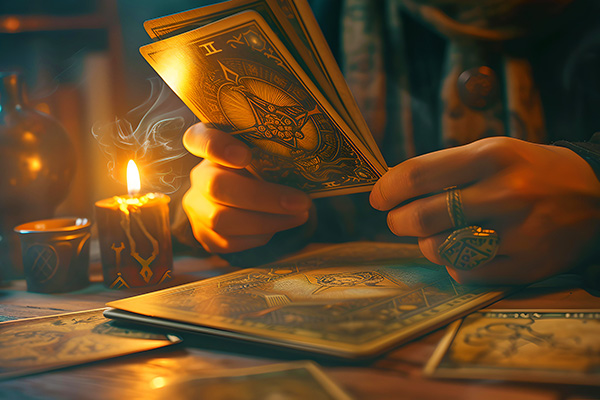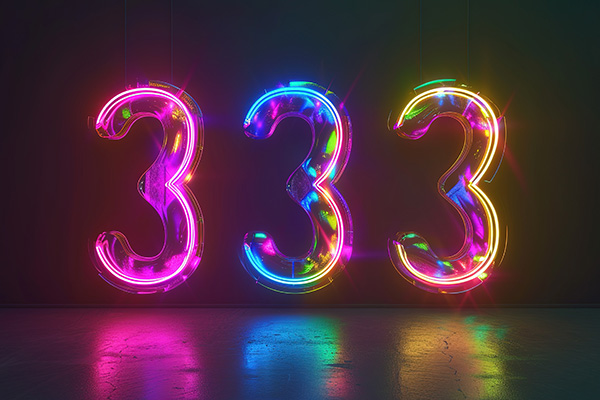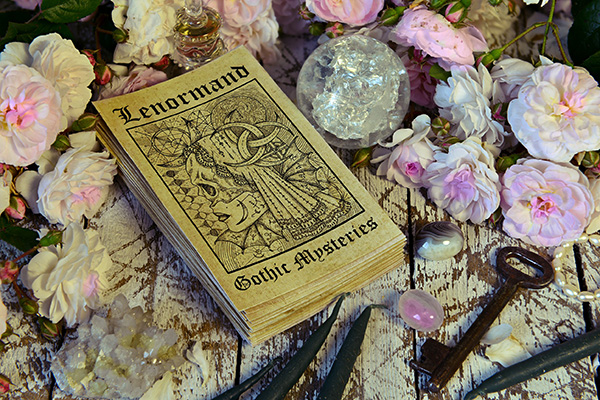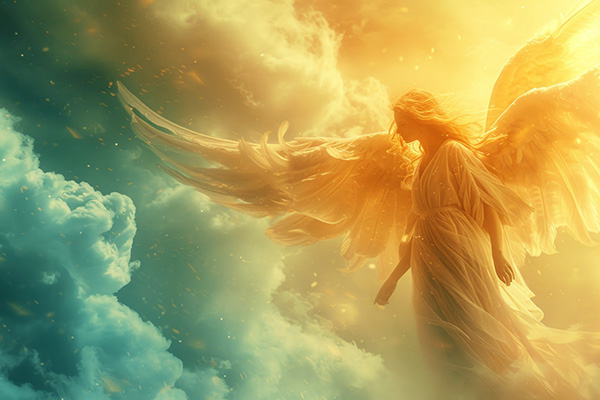minor arcana
Tarot Forecast February 2025: Four Of Pentacles
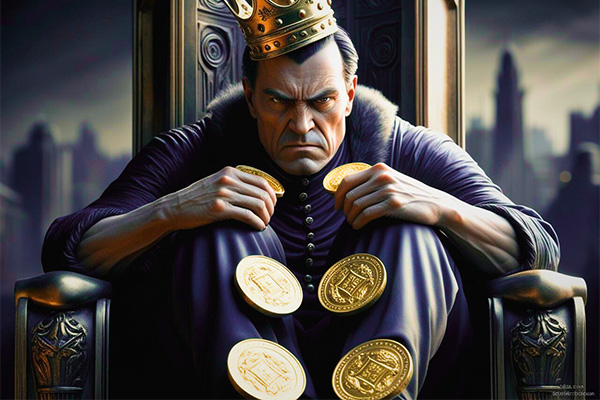 This month’s card is the Four of Pentacles, symbolizing stability, control, and a strong desire to protect one’s resources.
This month’s card is the Four of Pentacles, symbolizing stability, control, and a strong desire to protect one’s resources.
It speaks to themes of holding on to what you have earned, both materially and emotionally. However, this card also warns against becoming too protective or possessive, which can lead to stagnation and missed opportunities.
The overarching theme for the month is staying in the flow. The Four of Pentacles reminds us that while creating security and stability is important, true balance and a blessed life comes from allowing life’s energies to flow naturally.
Holding on too tightly in an attempt to control everything blocks new possibilities and opportunities, while carelessly letting go completely can lead to instability and chaos.
The challenge for February is to maintain a foundation that is both secure and adaptable — holding on to just enough to guide your path, but remaining open to the unfolding currents of life.
Traditionally, the Four of Pentacles depicts a man sitting firmly on a throne holding four pentacles or coins. He’s holding them firmly, with one balanced on his head, one in his arms, and two under his feet. This image symbolizes material attachment, greed, stinginess, and fear of loss. He is so focused on clinging to his precious possessions that he can’t concentrate on anything else.
Tarot Forecast January 2025: Two Of Swords
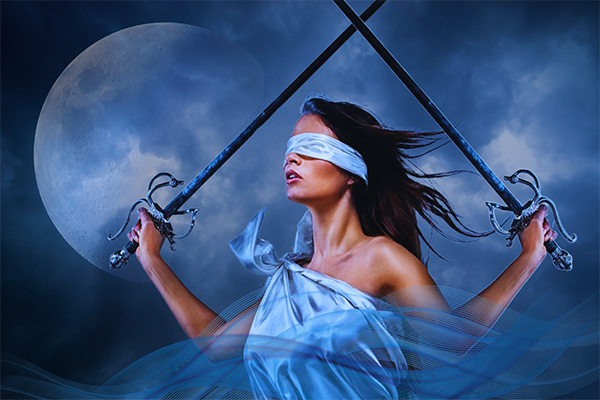 This month the energy of the Two of Swords takes center stage. It is a card of indecision, stalemate, reflection, and difficult choices, potentially predicting that we may face uncertainty, difficult decisions and the need for introspection as we move into the New Year.
This month the energy of the Two of Swords takes center stage. It is a card of indecision, stalemate, reflection, and difficult choices, potentially predicting that we may face uncertainty, difficult decisions and the need for introspection as we move into the New Year.
The Two of Swords represents moments in life when we find ourselves at a crossroads, weighing options and feeling the need to pause before making an important decision. It often comes up in readings when there is a stalemate or dead-end situation where no progress can be made until a decision is made or some action is taken.
The Two of Swords depicts a blindfolded figure sitting by a still body of water holding two crossed swords. The blindfold symbolizes the inability or unwillingness to see the whole picture or face a choice. The crossed swords signify inner conflict or conflicting choices, while the water in the background suggests the emotional undercurrents influencing the situation.
Traditionally, the Moon also appears in the card, representing uncertainty, mystery, and the unknown. Together, these symbols paint a picture of introspection, duality, and the need to find clarity and balance.
The card signifies the need to balance opposing forces or ideas. It emphasizes the importance of finding balance in a challenging situation. It can also represent emotional turmoil or an inability to reconcile conflicting aspects of a situation.
The Two of Swords encourages us to seek clarity, face challenges head-on, and strive for balance in our choices and decisions. It reminds us that avoiding a problem won’t make it go away; instead, it’s important to face it with a clear mind and an open heart.
The Timeless Appeal Of Tarot Divination
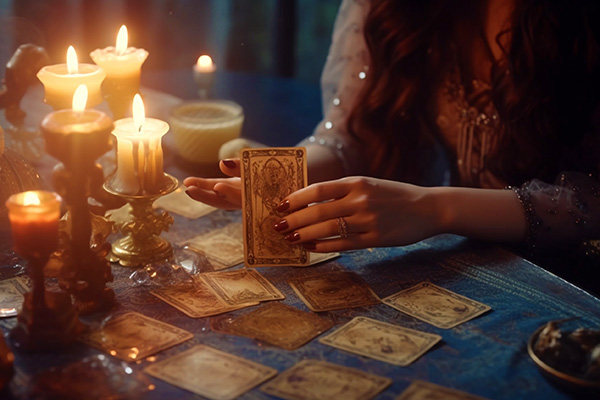 I have yet to meet a spiritually-minded person who does not like the Tarot, or at least is not a little intrigued by this famous deck of cards.
I have yet to meet a spiritually-minded person who does not like the Tarot, or at least is not a little intrigued by this famous deck of cards.
The Tarot is arguably the world’s most popular and widely used divination tool, renowned for its rich symbolism and the depth of insight it offers. As an esoteric tradition dating back centuries, the Tarot has evolved into a diverse, sophisticated system of divination used by people from all walks of life to explore the mysteries of the mind, spirit, and the future.
Unlike some other forms of divination that require specialized knowledge or tools, the Tarot is accessible to both beginners and seasoned practitioners, offering a unique blend of art, intuition, mysticism, and storytelling. Its versatility allows it to address a wide range of questions, from personal and spiritual dilemmas to broader societal issues, making it a go-to resource for those seeking guidance, clarity, and self-discovery in an ever-changing world.
Each of the 78 cards in a Tarot deck is loaded with symbolic imagery and archetypal meanings that can be interpreted on multiple levels, from the deeply psychological to the spiritual and mystical. This layered symbolism allows diviners to explore personal dilemmas, spiritual growth, and the mysteries of life.
Unlike other divination tools that may rely on more rigid systems, Tarot offers a fluid framework that adapts to the reader’s intuition, personal beliefs, and level of psychic ability, making it accessible to people of diverse backgrounds and spiritual practices.
